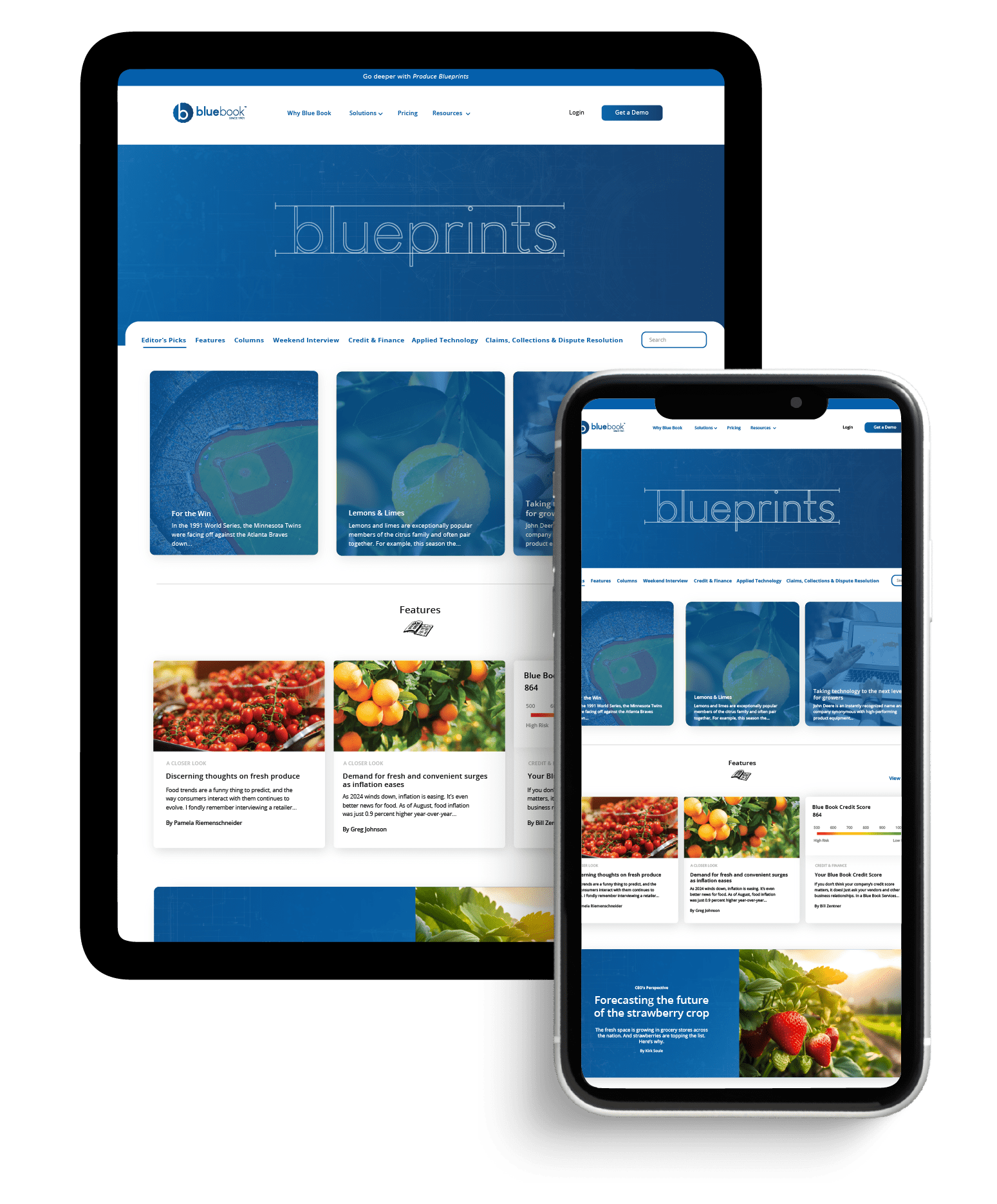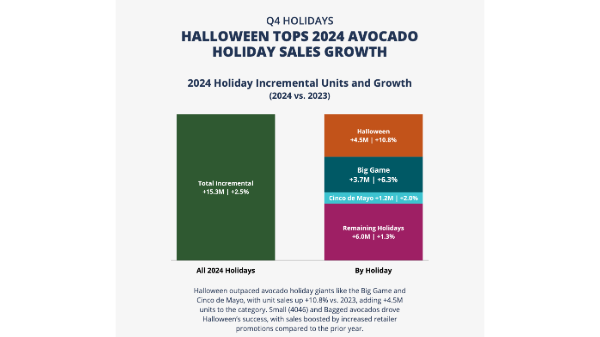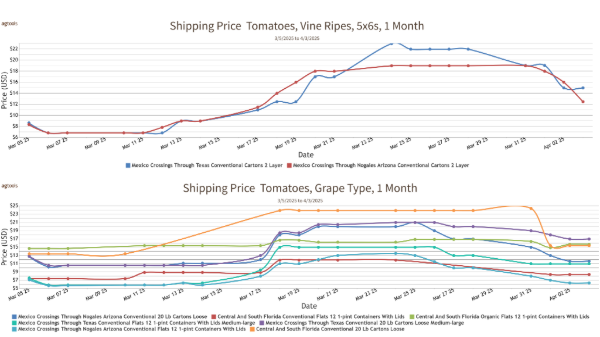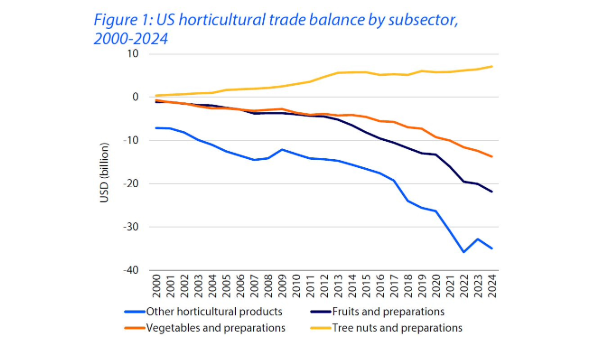Welcome to Blue Book!
Are you ready to join the thousands of companies who rely on Blue Book to drive smarter decisions? View our plans and get started today!
Still have questions? We’d love to show you what Blue Book can do for you. Drop us a line– we’ve been waiting for you.
While strong supplier-customer relationship development is a laudable supply chain goal, it is not realistic at a large scale.

Working with an extensive number of growers or suppliers diminishes the opportunity for collaboration as spending is spread over multiple organizations.
With too many partners, there aren’t enough resources to go around or time to properly develop relationships. Small volume suppliers are often a casualty of this scenario and not considered to be of strategic importance.
Alternately, there is danger in having too few suppliers. Produce companies put themselves at risk by becoming overly reliant on a small number of suppliers.
It is particularly problematic when those suppliers are concentrated in a region where there is little variation of growing conditions or seasonality. Any type of weather issue like a drought or severe storms can impede supply without alternative sources.
The best option is to adopt a Goldilocks strategy—choosing the “just right” number of suppliers. Procurement experts suggest having a set of primary suppliers to handle 80 percent of volume; a group of backup or secondary suppliers covers the other 20 percent.
Ensuring these suppliers operate in multiple regions will also lower the impact of weather disruptions or other inventory problems.
This is an excerpt from the most recent Produce Blueprints quarterly journal. Click here to read the full article.








